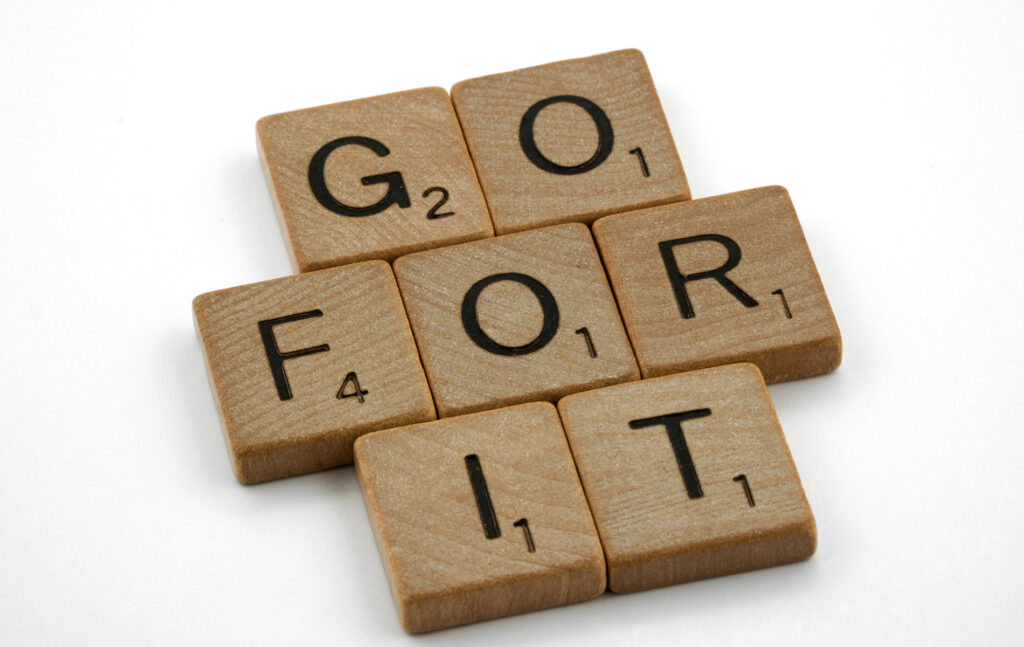Gamification: Games in Big Business
When we hear the term "gamification," we likely immediately associate it with games: something entertaining and unserious. However, it's not as simple as it may seem at first glance. What does gamification have in common with the army, what is the key to its effective use and how to use ranks to motivate your employees, says our Managing Partner, Eugene Myroniuk.
Not a Game, but a system of rank relationships
Gamification is the application of gaming techniques by brands to achieve their goals. And it's not just about "playing"; it's a bit more complicated than that.
On the one hand, we understand gamification through various game segments, such as computer or board games. But on the other hand, its essence lies not in entertaining but in building a system where the value of the reward you can get increases.
In reality, many aspects of our lives are built on this principle. For example, the military — a system honed over millennia. Enlisting as a recruit, through a soldier, you grow to become a sergeant, then an officer. Ultimately (if you succeed), you become a general. This is gamification. And the point here is not the game itself but the rank you can achieve.

Gamification within business
The military metaphor is relevant for management as well. Once we worked on a project for a factory's employees. The company has a staff of 3,700 people, each ranked differently, for simplicity let's call them juniors, middles, and seniors.
Our task was to show them the possibility of advancement. For example, to offer them to attend professional training and explain that right now it won't bring them anything, but if employees undergo training, they'll receive a promotion.
Later, I spoke with our clients. They said, "Feeling the systematic approach, employee engagement turned out to be massive, and as a result, we note an increase in productivity." That is, people work faster and better (for the same payment) while you lead them according to a model where they themselves want to improve their qualifications. This is extremely effective.
Of course, much is learned through practical observation of enterprise operations.
For example, in one office, there are designers, each at their own professional level. They were offered to choose workshops to their liking — all expenses covered by management. It seemed great.
In the end, after two months, the guys under pressure chose one event that only a few people attended. When asked for feedback, they said something like: "Okay", "Cool", "Thanks".
So, it didn't motivate them. But why? It's simple: designers lacked motivation simply because they didn't see the entire system. They thought, "The workshop is great, of course. Now we'll learn adaptive layout. And what's next?" That is, the company lacked gamification — a kind of scoreboard where all their achievements would be recorded to move to the next level.
In the example given, it was important for employees to understand where they could grow, to have motivation. And it's not even about money but about moving up the ladder. This system is productive for the employer: their subordinates are always motivated, and the manager uses this resource more effectively.
Marketing and the military: What's in common?
Gamification in marketing is about building similar frameworks and promises. And this strategy is effective precisely because of rank, not the "entertainment" of the game. If we focus solely on the latter, we get a very superficial, unpromising interpretation.
But when you explain to people that playing means seeing a path to growth and moving to a higher level, then everything "grows." This idea lies at the core of the gaming industry.
The main idea of the process is to get a new "achievement." It should be somewhat challenging but not excessive to maintain interest. The game is all about overcoming difficulties. It may seem obvious, but the positive result is achieved only when the participant understands what the purpose of the passage is and what awaits them next.
In our company, we strive to interpret gamification in a "military" metaphor. When a consumer conditionally thinks, "I'm a private now, but I really want to become a sergeant. I need to fight for it. So, what do I need to do? What can I buy here?" This is gamification in marketing — not entertainment but a system of categories and ranks. And we are now trying to implement exactly that.
The main thing to know about gamification is that the game is not only about winning but mostly about the process. You need to clearly understand what it leads to. When you see the purpose, you'll agree to "play" any game, even a silent one. And when you don't see the goal, you won't even go to free workshops.














